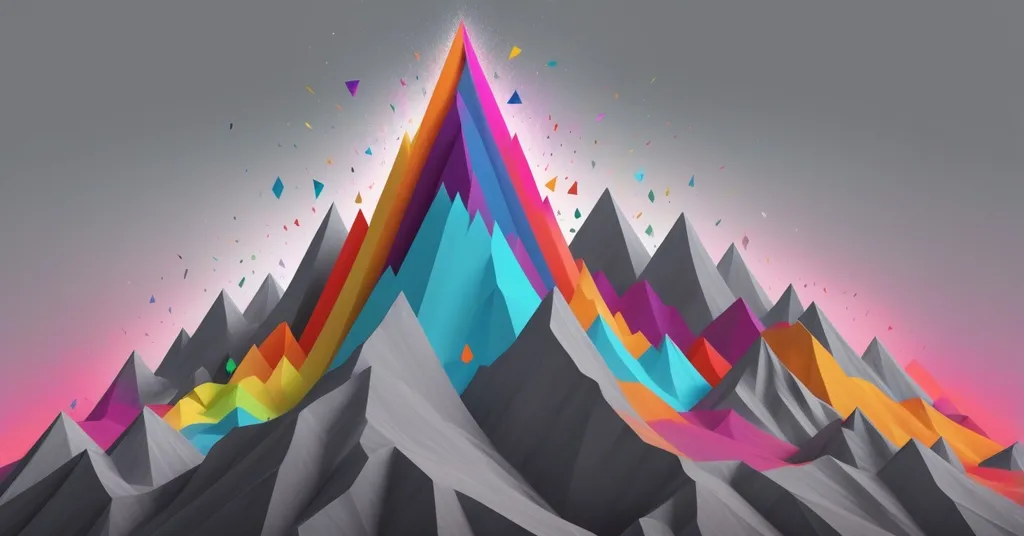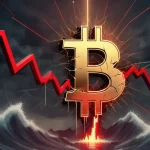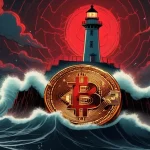NFT Art Market Plummets 93% from $2.9B to $24M: Can It Recover?

NFT Art Market Crashes from $2.9 Billion in 2021 to $24 Million in Q1 2025: What’s Next?
Remember when NFTs were the hottest thing in the art world? Fast forward to 2025, and the market has crashed from $2.9 billion to just $24 million. The NFT art market’s dramatic decline reflects broader trends in the crypto space, but a dedicated community suggests potential for recovery.
- NFT art market fell from $2.9B in 2021 to $24M in Q1 2025
- Market peak in 2021-2022 with notable sales like Beeple’s “Everydays: The First 5000 Days”
- Initial growth sparked by Art Blocks and the COVID-19 digital shift
The Rise of NFTs
Non-Fungible Tokens (NFTs) are unique digital assets that represent ownership of a specific item or piece of content, often art. The NFT art market burst onto the scene in early 2020, with total sales on the Ethereum blockchain reaching $28.7 million and over 101,000 transactions. But what fueled this explosive growth? The launch of Art Blocks in November 2020 was a game-changer. Art Blocks, a platform that popularized generative art—art created by algorithms—quickly became a hub for digital art enthusiasts. The global shift towards digital platforms, accelerated by the COVID-19 pandemic, only fueled the fire. Suddenly, everyone wanted a piece of the digital art pie.
The Market Peak
The NFT art market reached its peak in 2021-2022, with record-breaking sales that made headlines worldwide. Beeple’s “Everydays: The First 5000 Days” fetched a staggering $69.3 million, setting the stage for other high-profile sales like Beeple’s “HUMAN ONE” for $28.9 million, XCOPY’s “Right-Click and Save As Guy” for $7.09 million, Beeple’s “Crossroad” for $6.6 million, and Dmitri Cherniak’s “Ringers #109” for $6.93 million. These sales weren’t just transactions; they were cultural phenomena, showcasing the mainstream fascination with NFTs. But like all good things, the party couldn’t last forever.
The Decline
By 2022, the market dynamics began to shift. High demand and fewer sellers initially drove prices up, but as the market balanced out in 2023, a sharp drop in buyers by 2024 signaled waning demand. The total sales plummeted from the highs of 2021 to just $23.8 million in Q1 2025. This decline wasn’t just a number; it was a stark reminder of the speculative nature of the crypto space. Economic factors, regulatory changes, and shifts in public interest all played a role in this downturn. NFTs went from “Right-Click and Save As Guy” to “Right-Click and Save As Goodbye” in just a few years.
Looking Ahead
Despite the downturn, a small but dedicated community of collectors remains active, suggesting potential resilience in the NFT art market. This resilience hints at a possible future where the market could adapt and recover, driven by the continued interest of its core enthusiasts. But let’s not sugarcoat things—this isn’t just a blip on the radar. It’s a wake-up call for the NFT space to evolve and innovate. Maybe it’s time for new technologies to revitalize interest, or perhaps the market is simply correcting after a speculative bubble. Either way, the future of NFTs is uncertain but not without hope.
Impact on Artists and the Art World
The decline of the NFT art market has had a profound impact on artists and the broader art ecosystem. While some artists who rode the wave of the NFT boom are feeling the pinch, others see this as an opportunity to redefine their approach. The shift could lead to new opportunities, such as collaborations with platforms that prioritize sustainability and innovation. For the art world, this downturn serves as a reminder of the volatile nature of digital assets and the need for a more sustainable and resilient market.
The Dark Side of NFTs
It’s not all sunshine and rainbows in the world of NFTs. The environmental impact of blockchain technology, particularly the energy consumption associated with Ethereum, has been a point of contention. Moreover, the NFT market has been plagued by scams and fraud, tarnishing its reputation. These challenges are real and cannot be ignored. As we look to the future, addressing these issues will be crucial for the NFT market’s recovery and growth.
Key Questions and Takeaways
- What was the peak trading volume of the NFT art market?
The peak trading volume was $2.9 billion in 2021.
- What contributed to the initial growth of the NFT art market?
The initial growth was driven by the launch of Art Blocks, which popularized generative art, and the global shift towards digital platforms during the COVID-19 pandemic.
- What are some of the most expensive NFTs sold during the market peak?
Notable sales include “Everydays: The First 5000 Days” by Beeple for $69.3 million, “HUMAN ONE” by Beeple for $28.9 million, “Right-Click and Save As Guy” by XCOPY for $7.09 million, “Crossroad” by Beeple for $6.6 million, and “Ringers #109” by Dmitri Cherniak for $6.93 million.
- What factors contributed to the decline of the NFT art market?
The decline was influenced by a shift in market dynamics, with a sharp drop in buyers and steady seller numbers indicating waning demand and increased efforts to liquidate assets.
- Is there any hope for the NFT art market’s recovery?
Despite the decline, a small but consistent community of collectors remains active, suggesting potential resilience and a refined segment within the broader NFT ecosystem.
📉 In 2021, Art NFTs hit $2.9B in volume. This quarter? Just $23.8M. From Beeple’s $69M masterpiece to a 93% crash in trades – what happened to the NFT art boom? – DappRadar
As the NFT art market navigates this volatile landscape, it’s clear that the journey from boom to bust is a reflection of the broader crypto space. Yet, the continued engagement of niche communities within the NFT space offers hope for its future trajectory. Despite the challenges, the potential for growth remains, driven by innovation and the unwavering passion of its core enthusiasts.



